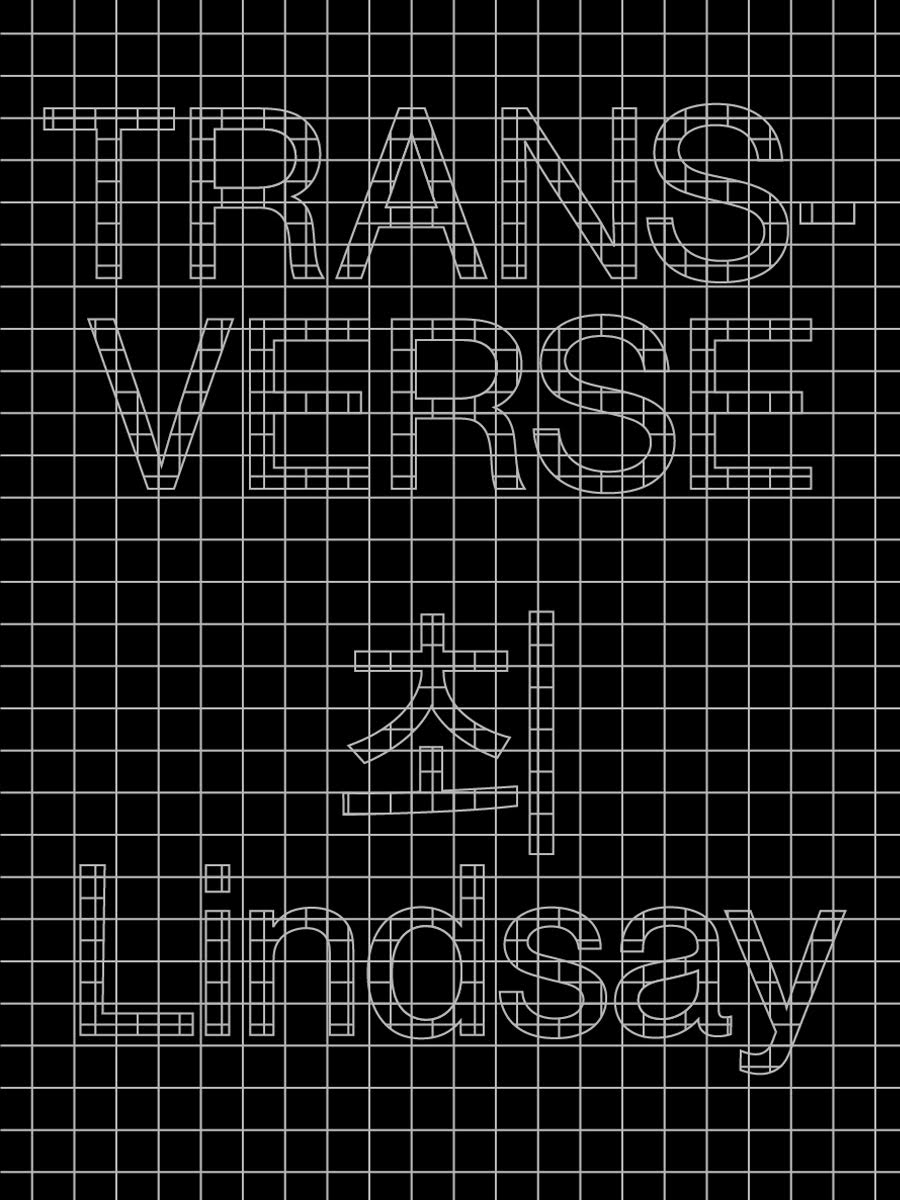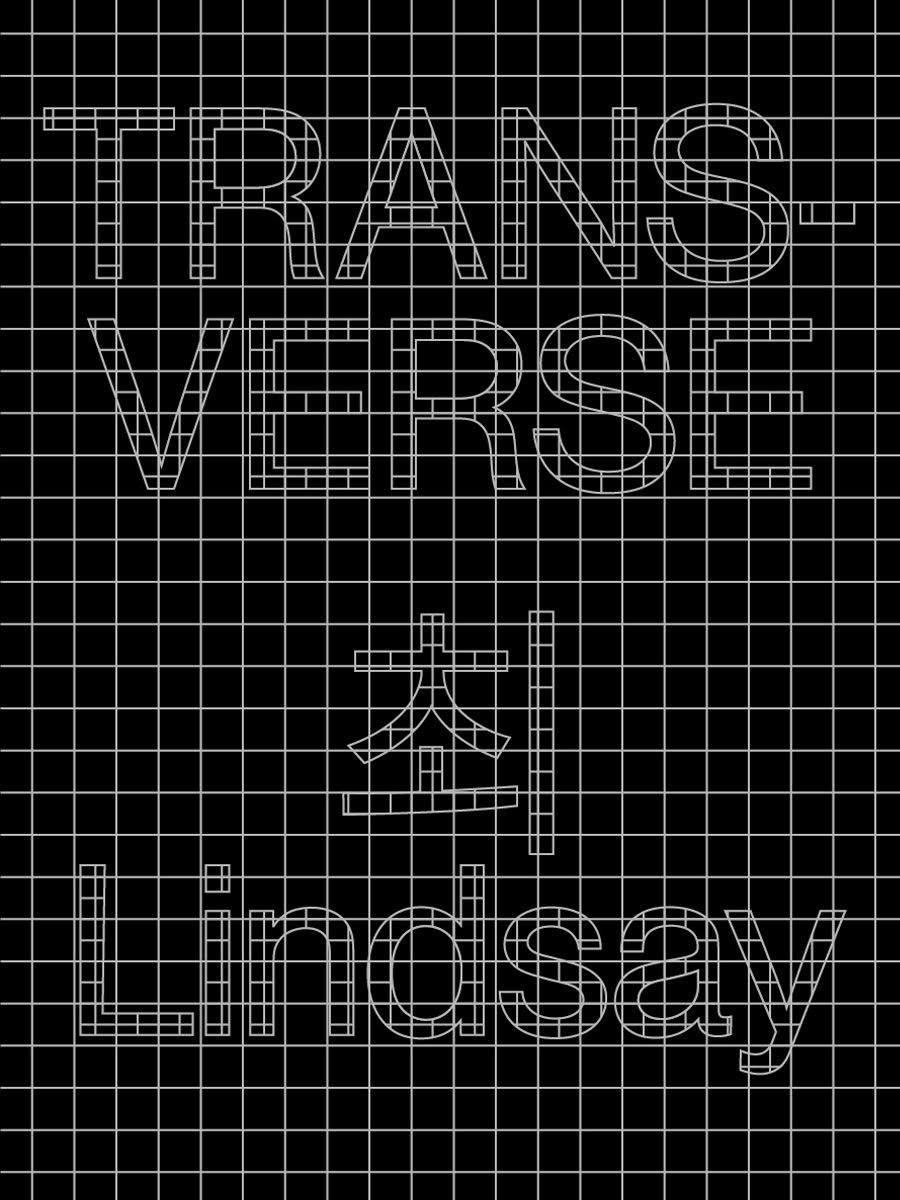Transverse
Transverse
Kan beschikbaarheid voor afhalen niet laden
Lindsay
Transverse weaves between languages and forms, cultivating the questions and lacunae that emerge in their encounter. In the three parts that make up the book, music, mathematics, philosophical logic, and lyric convention come in and out of relation to press upon questions of form and meaning-making, and attend to the moments when coherence appears to take place or dissolve.
'Language is never static; it flows. And as it flows it effects changes. Meaning undergoes metamorphosis, significance shifts. The message mutates; it decays, is erased, or it escapes. All of this is obviously true of literary translations, but it is true more generally of the language of poetry and therefore of poetry itself. Both desperately philosophical and tenderly present, 최 Lindsay in the writing of their book-length Transverse recognizes language as both limit and threshold, impasse and passage. As the poetry unfolds, a reality comes into being. And that reality is, in turn, a realm of existence from which the language of the poetry can speak, however indirectly, to us, the readers of the book. An inevitably indirect, incomplete and yet excessive communication transpires, one that can’t help but reveal an incomplete and yet overflowing existence. One might term it a realm of the ghostly sublime, but it’s a realm of social and physical materiality, too, requiring both linguistic invention and answerability. There are few poets capable of rendering difficult and complex thinking into a work of rigorous and exquisite beauty, but this is exactly what 최 Lindsay has done. Transverse is magnificent.
—Lyn Hejinian


